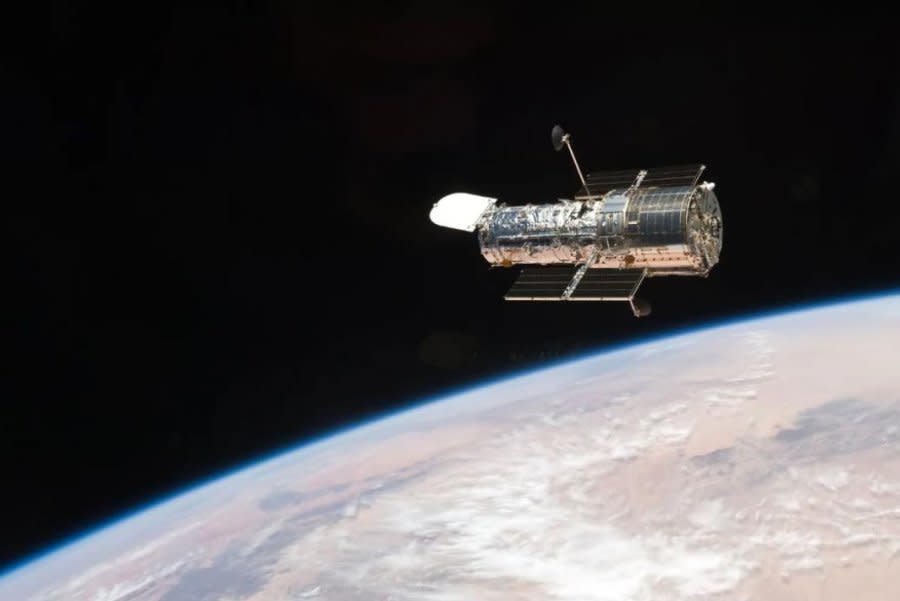Ongoing gyroscope problem forces Hubble telescope to pause operations

June 3 (UPI) -- NASA's Hubble Space Telescope again has suspended operations after entering safe mode because of an ongoing gyroscope issue that has affected the craft for the past year, according to NASA.
The telescope automatically entered the safety stage Tuesday, the agency said Friday. Gyros measure the telescope's slew rates as part of the system that determines and controls precisely the direction the telescope is pointed.
Gyros pitch up or down, yaw left or right, or roll along a barrel, or axis. However, one of Hubble's three gyroscopes recently has given faulty telemetry readings.
NASA said it will provide more information later this week.
In April, NASA said Hubble paused operations, also after entering safe mode.
And in December, Hubble was put into safe mode to address issues with the same steering system and related devices.
In 2009, six new gyros were installed during the fifth and final space shuttle servicing mission. Three of those remain operational.
Despite the ongoing concerns, Hubble will continue making discoveries throughout at least this decade, "working with other observatories, such as the agency's James Webb Space Telescope, for the benefit of humanity," according to NASA.
Hubble was launched in 1990 by shuttle Discovery and is orbiting about 5 miles per second about 340 miles above Earth using solar power. It is the length of a large school bus and weighs as much as two adult elephants, according to NASA.
Hubble gets a clearer view than telescopes on Earth because it is above the planet's dust-filled atmosphere.
Hubble can capture light from objects billions of light years away, and has done so with one of them 5.88 trillion miles from Earth. They appear as specks a few pixels tall in the gyroscope's camera.
"Hubble's pointing and control system is equivalent to keeping a laser shining on a dime over 200 miles away for however long Hubble takes a picture -- up to 24 hours," NASA says on its website. "Any movement beyond that level of accuracy would make the image blurry or throw Hubble off the target.
The NASA Hubble Space Telescope is a project of international cooperation between NASA and the European Space Agency.
Hubble is named after an American astronomer, Edwin P. Hubble, who made important discoveries in the early 1900s.

